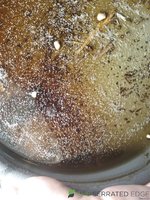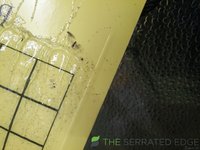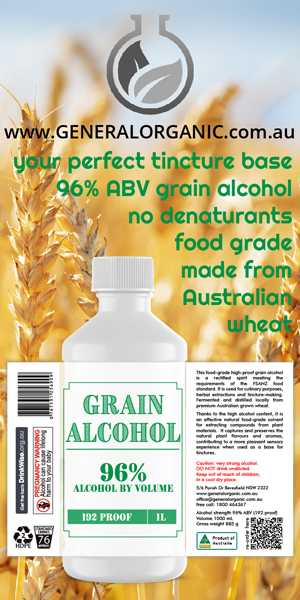Well yesterday, I had to remove the mulch and some of the top layer, scratched in some neem meal and gave some castings as well, I also packed some down the sides firmly, then watered with neem tea. I had forgotten that I had actually put a fairly thick mulch layer down previously, it was around 50mm deep, so I have put a fair bit less in there now so I will be able to more easily add some green manure and it might make it easier top dress in future. I did find obvious signs of underwatering as I was removing the top surface for the gnats as in the 10gallon pots the sides were dry up to 75mm in some, funny how the moisture meter I sometimes had used always said moist to wet, I thought it was because of the 30%coco, wnich is why until this thread I had been just going off the weight and the leaves for signs of not enough water, I will be sure to water more to keep the moisture level more consistent now by daily waterings.
I haven't ever tried bottom watering. Is the typical method just filling the bottom saucer with 'x' amount of water and give it time to wick up that water, and after so long remove any excess still in saucer?
If so, how long would you give to let them wick it up?
Or is there alternative ways that tend to work better from the bottom?
I have already noticed a significant decrease in gnats since removing the top layer yesterday.
Hopefully this week I can get some aloe extract and some predatory mites and see how that goes too.







